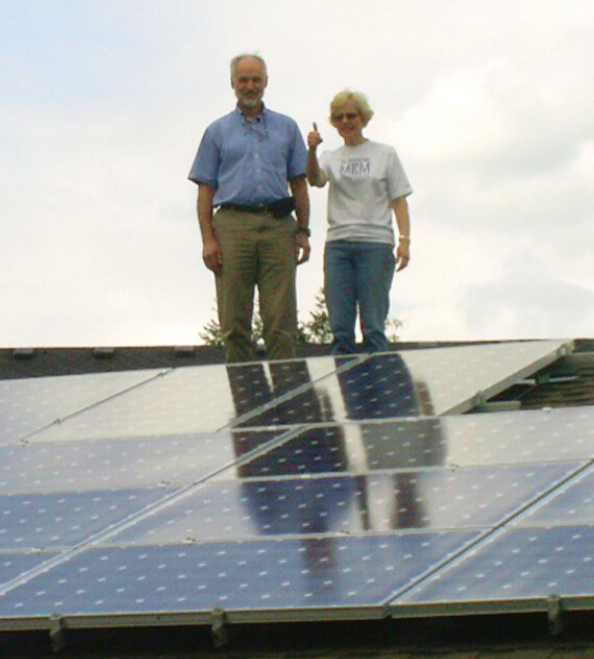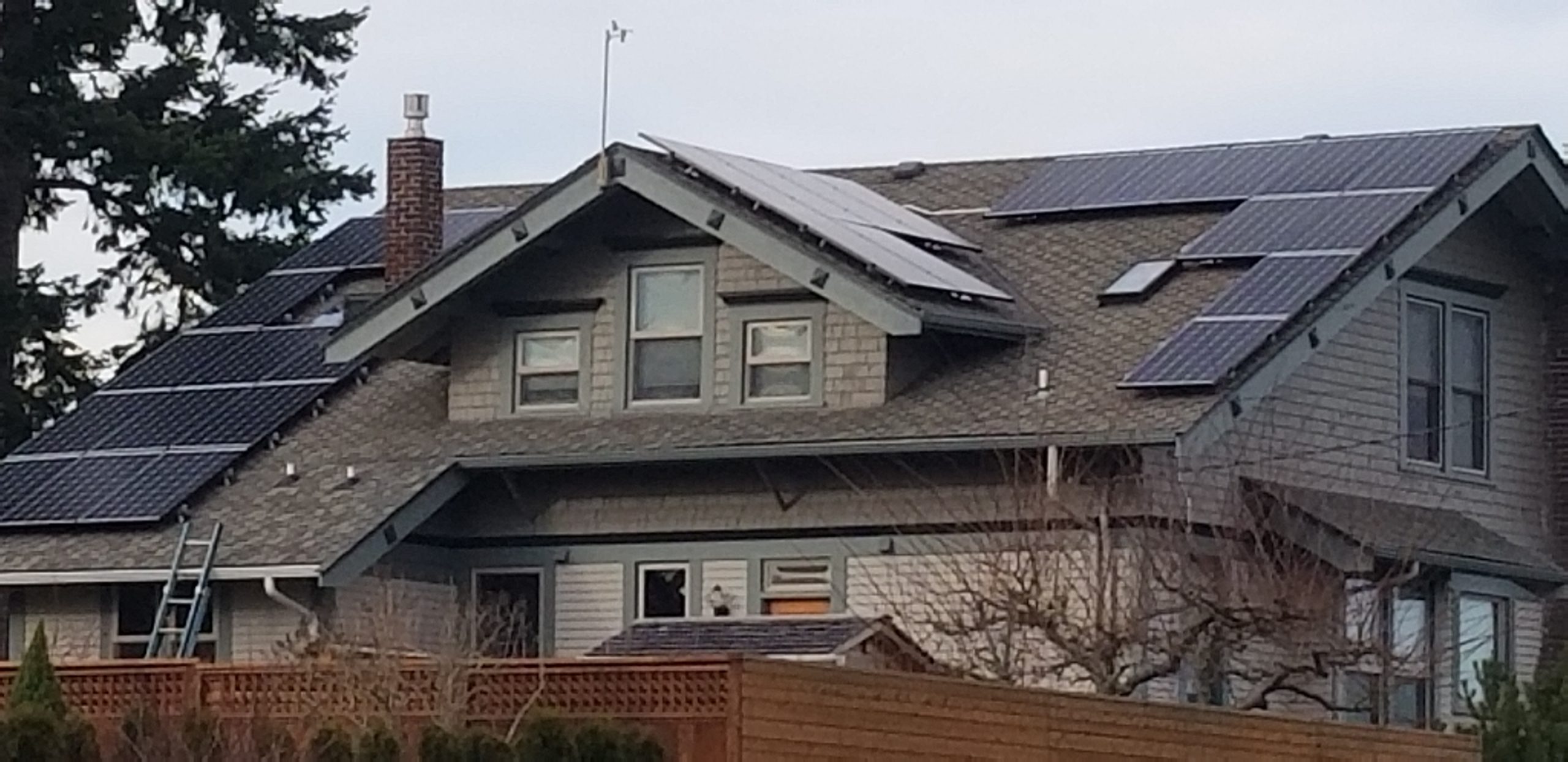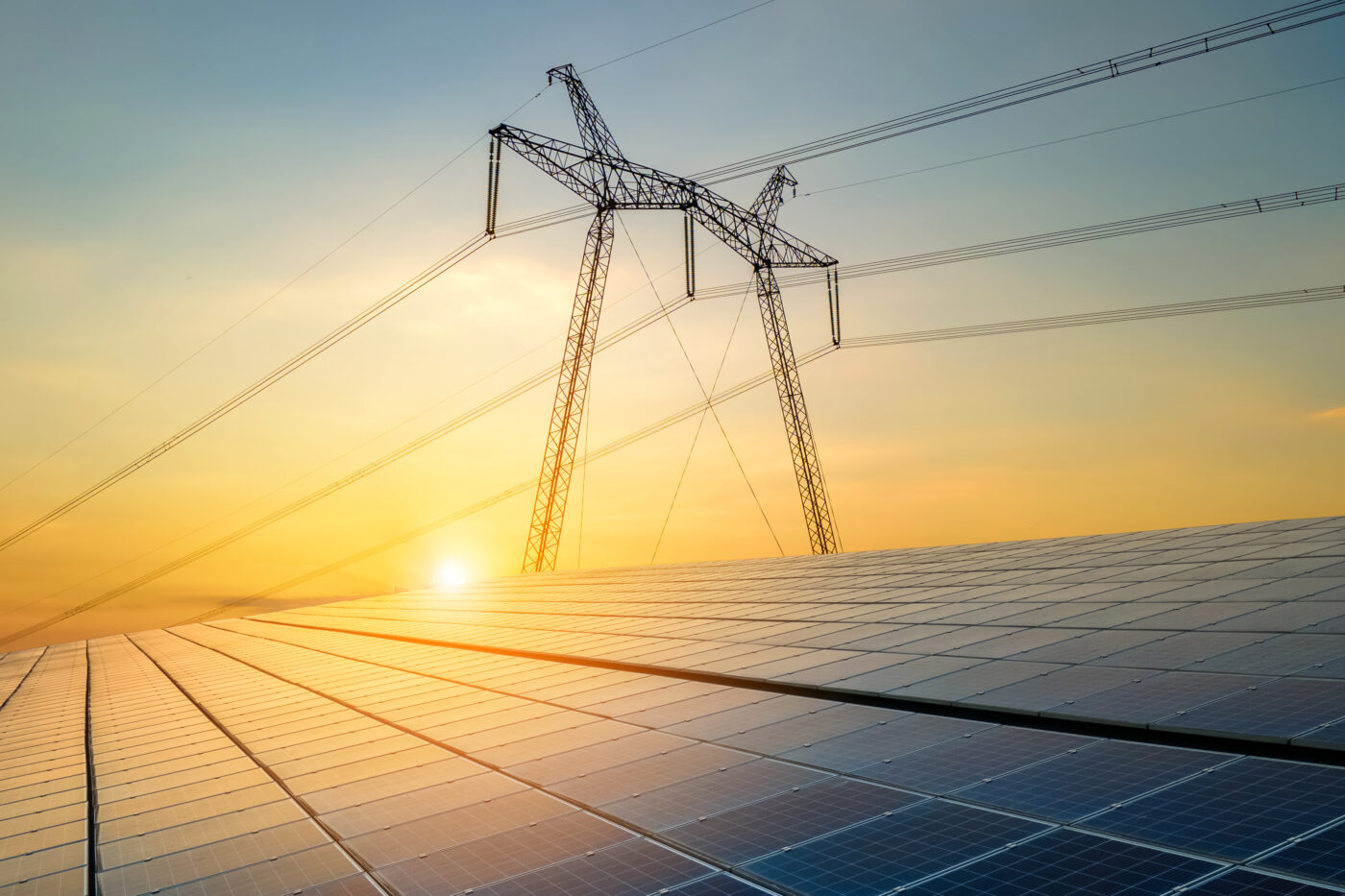Grid-Tie Solar Basics
Grid Tie Solar Basics
How can you experience the freedom of electricity that is flexible, reliable and puts you in control? 
The solar market is flooded with one size fits all systems, under-qualified product retailers, and promises of lottery-win investment returns. Some of the same sellers that offer do it yourself solar kits also sell garden supplies. And many contractors that provide complete solar installations give all their clients the same unimaginative options.
So what do you do when you need expert guidance to choose the right power alternative with confidence?
Fire Mountain Solar is all about tailored solutions. When you understand the basics about power systems suited for your specific goals, you can confidently choose the option that gives you all the comfort, security and convenience you want and need, any time, anywhere.
What is Grid Tie Solar?
The straightforward grid-tied solar system is currently the most popular choice for both homes and businesses. Grid-tied simply means this type of system is connected to, and relies on, the existing utility electrical grid as an essential system component.
A grid-tie solar electric system – also referred to as grid-tied PV (photovoltaics) – uses solar panels and other components to turn sunlight into electricity for your use, while your home remains hooked up to the local utility. An array of solar panels is installed (usually on the roof of the building) and connected to the home’s electrical system. The electricity is used first to power the home’s immediate electrical needs. When those needs are met, the additional electricity is sent out to the grid through your utility meter. In this instance, your utility grid functions as a part of the overall solar system, which is why it is referred to as grid-tie solar. This is different from an off-grid, or stand-alone, solar system where your structure is not hooked up to utility power.
Curious about how the utility process works?
Your utility company tracks any energy sent into the grid from your solar production. What credit you get for your energy depends on your local regulations and utility company’s rules, but many states, including Washington, do net metering. Net metering means that for every kilowatt hour of energy sent to the grid, you receive a credit equal to the cost of each kilowatt hour that you purchase from the grid. Net metering is an important incentive, particularly in northern areas where the amount of light available for solar production varies significantly at different times of the year.
Whether or not you’re using an installer, it is important to know how to best take advantage of your local programs to get the best return on your investment in solar.
Because grid-tie solar is able to take advantage of a wide range of benefits and is also virtually maintenance-free, it is clear to see why it is currently the most commonly installed solar system on residential homes!
What are the benefits of Grid-Tie solar systems?
Grid-tied solar systems are extremely popular because they guarantee your investment.
You See Savings Immediately
You see savings on your immediate electrical costs as the solar is activated and starts producing electricity. This is why the most common reason people install a solar grid-tie system is to reduce their utility bills. Once your system is operating, the power it provides is free and there is little to no maintenance required.
You are Protected Against Rising Utility Costs
Solar system owners are protected against increasing utility prices on electricity for the life of the system. Generally, this is a minimum of 30 years, and there are many systems still working that are 40+ years old!
Your Property Value Increases
Solar increases a property’s value and resale appeal – as soon as you have solar, this solar premium takes effect. Solar makes a home more attractive to potential buyers, particularly when compared to an otherwise identical home. This can make a big difference should you decide to sell your home in a tight real estate market.
You Receive Available Incentives
Grid-tied systems are eligible for a 26% federal income/investment tax credit as well as a sales tax exemption. This applies to the total cost of the installation – not just the equipment!
And of course, solar energy is a clean source of power. It reduces dependence on fossil fuels in a practical and effective way, and helps protect our environment.
Want to learn more about how solar works as an investment?
What if I need power during an emergency and the grid is out?
Grid-tie systems can easily be designed as grid-hybrid systems, by adding batteries and possibly a generator that will provide emergency backup power for selected items in your home that you consider essential. Grid hybrid solar systems combine the production and financial advantages of a grid-tied system, with the convenience and security of backup power that is available when your utility power goes out.

